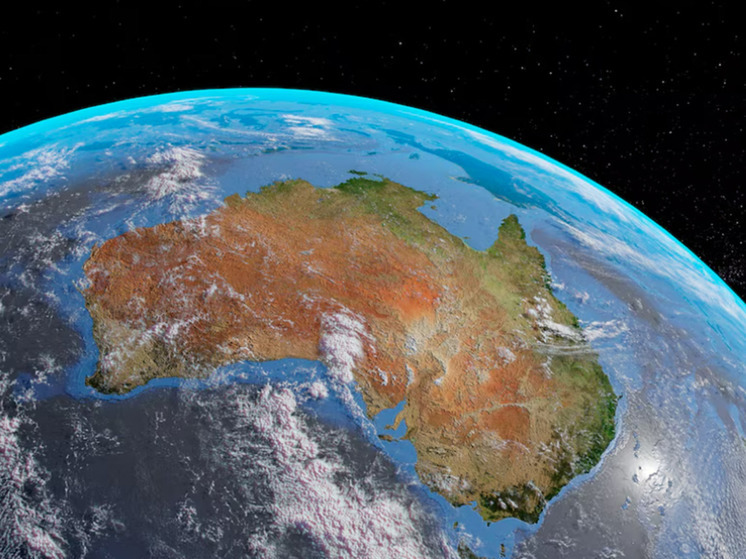Continental separation is accelerating due to volcanic eruptions and an anomalous microplate
Earth and Planetary Science Letters published a study detailing how Africa's plates are «spreading apart» by several millimeters in year. The tectonic plate shifted about 22 million years ago.

The movement of tectonic plates is a fundamental geological process that has shaped the Earth's surface over millions of years. These massive, solid rock slabs that make up the planet's lithosphere are in constant motion due to forces generated deep inside the planet. But scientists have discovered a colossal crack running through southeastern Africa that splits the continent in two and could pave the way for a new Earth ocean.
Currently, there are five oceans on the planet — the Pacific, Atlantic, Indian, Antarctic and Arctic. A sixth ocean, if formed, could lead to massive changes in the planet's geography.
Known as the East African Rift System (EARS), it was first discovered in 2005, but is believed to have originated about 22 million years ago .
However, a significant surge in activity over the past few decades has sparked new scientific interest in the fault line.
The East African Rift was formed as a result of the collision of two tectonic plates — the Somali in the east and the Nubian in the west. The two plates pulled apart, causing the crack to deepen.
The Jerusalem Post reports that a similar phenomenon was observed millions of years ago when South America and Africa were separated into different continents. The new study states that the slabs are moving apart by several millimeters per year.
The deepening crack reveals interesting things. Experts note that African countries that are currently landlocked, such as Ethiopia and Uganda, will have a coastline.
“The Gulf of Aden and the Red Sea will flood the Afar region and the East African Rift Valley and become a new ocean, and this part of East Africa will become its own small continent,” explains marine geophysicist Ken McDonald.
However, the researchers said that the continent will not completely break apart for another 5 to 10 million years.
Scientists explain that a number of currently active volcanoes along the rift, such as Ol Doine Lengai in Tanzania and Alu Dallafilla in Ethiopia, may speed up the process. In particular, one Ethiopian volcano, Erta Ale, has been in a state of constant eruption for more than 50 years.
Located on both sides of the fault, the Victoria microplate, the largest of its kind on Earth, has been rotating counterclockwise over the past two years . In relation to all other plates of the continent, including the main African plate, the microplate rotates in the opposite direction. This anomaly, according to scientists, may also accelerate the division of the continent.


























































Свежие комментарии